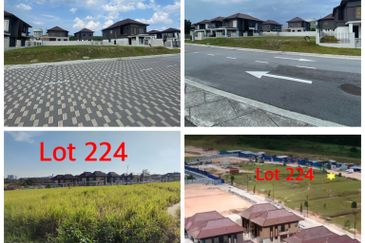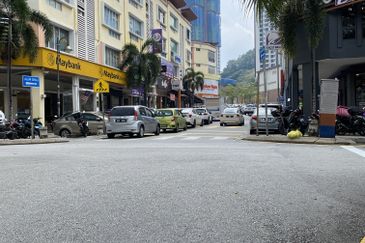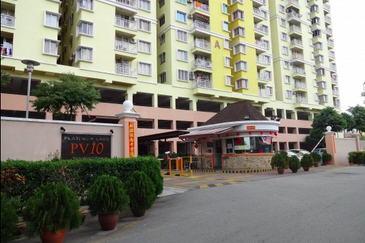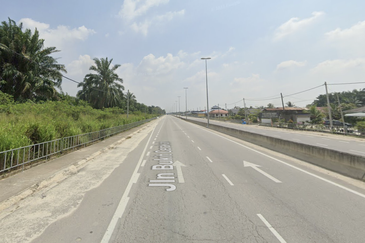LONDON: Savills Research says prices in the UK residential market will see an extended W-shaped recovery following a fall of -6.6% in mainstream markets in 2010 given soft prices, followed by “a slow 2011” where interest rates are expected to remain at low levels.
This is in light of a reduction in mortgage products, an erosion of pent-up demand constraints, gradually increasing supply of properties and the impact of a sluggish local economy due to high-unemployment rates.
In its November 2009 Residential Property Focus report, the research house also did not discount the possibility of a stepped recovery and a short-term house price bubble, although it said it was less likely to occur.
“Over the next few years, we expect fluctuations in the balance between the supply and demand of housing stock to have a greater effect on price movements,” it said.
“This equilibrium in turn will be influenced by how quickly mortgage availability improves and how market sentiment is affected by prevailing economic conditions and the economic outlook.”
It predicted that the lowest falls in house prices followed by a subsequent recovery would be seen in Southeast and South UK.
It attributed the recovery to the geographical dimension of the equity-rich markets, which are also expecting a stronger and less volatile recovery.
With regard to how house prices for the mainstream market will end the year, Savills said it appeared that it would likely end higher by 3.5% to 4%, based on Nationwide’s quarterly index.
It said the mainstream housing market has recovered to the same levels as at September 2008, despite the unprecedented steep fall in house prices.
“Like the stock market, the housing market started to grow again in March 2009 and has barely looked back since,” it said.
“The continued lack of debt funding means that purchasers are much more equity reliant. Indeed, low deposit rates are positively encouraging the cash-rich into asset markets, including property.”
It added that in 2010, equity markets would be less likely to decline although it expects prices to ease to -1% as supply increases.
“City bonuses and overseas demand coming back to the top tiers of the prime market are expected to help sustain prices in the Spring markets in particular,” said the research house, adding that it expected more sustained growth from 2011.
As for land trading activity, it said it has shown a pick-up in numbers although “the quest for volume has been replaced by a search for margin and identifying viable sites that match the requirements of post-credit crunch demand profile”.
TOP PICKS BY EDGEPROP

Mayfair Residences @ Pavilion Embassy
Keramat, Kuala Lumpur

Semenyih Lake Country Club
Semenyih, Selangor

Vista Alam Serviced Apartment
Shah Alam, Selangor






















